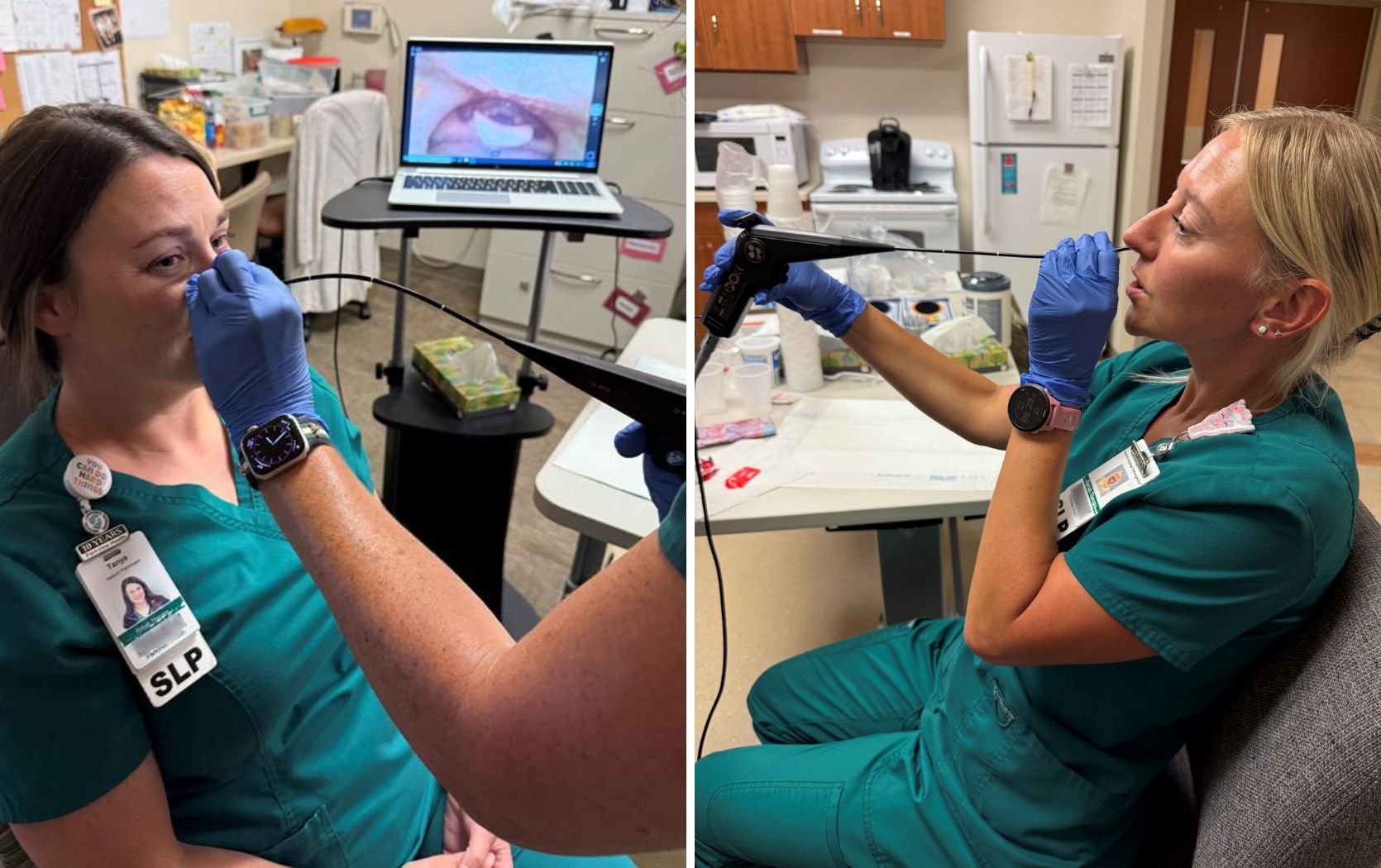
This post was written by Heather Willison, MSN, FNP, PPG – Allergy, Asthma & Immunology.
Do you experience abdominal pain and cramping after you eat certain foods? Or feel bloated and nauseous? I often see patients who come in assuming that they have a food allergy when in fact they are experiencing an intolerance. It’s important to understand the difference between an allergy and an intolerance so that you can receive the proper care and avoid a severe reaction.
Food allergy
According to the Centers for Disease Control and Prevention, food allergies are thought to occur in 4-6% of children and 4% of adults. Eight foods are responsible for most allergic reactions, and these include:
- milk
- egg
- soy
- wheat
- tree nuts
- peanuts
- shellfish
- fish
A food allergy occurs when your immune system gets excited and overreacts when it encounters a specific food protein. This overreaction leads to an allergic reaction, with the symptoms varying in severity. A reaction may involve the skin (rash, hives, swelling), digestive system (nausea, bloating, diarrhea, vomiting), or in severe reactions, it may impair the ability to breathe (coughing, shortness of breath or wheezing), thus becoming life threatening.
If a food allergy is suspected, a provider can order an allergy test for confirmation. Food allergy testing can be completed through a skin prick or a blood draw. It’s important to only test for the specific food that is thought to have caused the reaction, because there is the potential for false positives with food testing. I have seen where a child or adult has been evaluated for an allergy to every food under the sun, and then showed reactivity to several foods that they eat on a routine basis without any issue. If the reactivity to the food cannot be associated clinically (meaning there are no symptoms present when the food is eaten), then the test is a false positive. This sometimes leads to an unnecessarily restricted diet.
Oral food challenge
Your provider might suggest an oral food challenge to confirm the allergy test results, and this is considered the gold standard for food allergy diagnoses. If food testing was previously positive, and is now negative, an oral food challenge may also be performed to evaluate whether a patient has outgrown a food allergy.
During an oral food challenge, the patient will eat/drink the suspected food allergen. The amount given is gradually increased over time. Emergency medication and emergency equipment must be on hand during this procedure in case the patient has a severe allergic reaction. As it can be potentially dangerous to perform an oral food challenge, it is important to only challenge a food in the presence of your allergist.
Food intolerance
An intolerance does not involve the immune system. Associated symptoms can be nausea, abdominal pain, bloating, cramping, gurgling or rumbling, and diarrhea after eating or drinking certain foods. While these symptoms are uncomfortable and no fun at all, they are not life threatening.
The two most common food intolerances are due to wheat and milk, but an intolerance can occur with any food.
Eating products containing wheat can cause nausea, cramping, bloating, etc. in people who have a sensitivity to gluten (the protein found in wheat) or who have celiac disease, an autoimmune disorder. A patient should eliminate wheat products from their diet if they experience an intolerance.
Dairy products can also cause these symptoms in those who have an intolerance to milk. This is called lactose intolerance and occurs when someone is missing lactase, an enzyme that breaks down lactose, the sugar found in products containing milk. In the past, lactose intolerant people either had to completely avoid products containing milk, limit the quantity, or suffer the unpleasant consequences. Fortunately, there are many lactose-free products available now. There are also lactase supplements that can be taken before eating or drinking milk products that breakdown lactose so that proper digestion can take place.
When to seek medical care
If you are uncertain if your symptoms are related to an allergy or intolerance, please reach out to your primary care provider for guidance. If appropriate, they will refer you to an allergist for testing. Of course, if you (or your child) experience signs of a severe allergic reaction, please seek emergency medical attention immediately.



